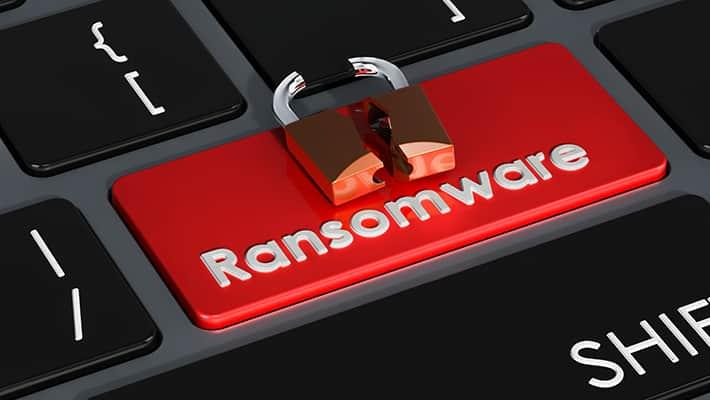
Ransomware can affect any business or organization. An annual report released on global cyber security showed that ransomware attacks increased by 62% in 2020.
This kind of malware can block access to a file, system, or device until you pay the ransom. Today, many companies still don’t know how to prevent ransomware. But while this insidious cyber attack can hit almost any type of computer system, there are effective ways of preventing it.
Read on and discover more about this dangerous malware, including how to remove it if your system ends up becoming a hostage. Plus, you’ll learn how to protect your system from ransomware.
How Does Ransomware Work?
Ransomware is a direct attack on a business, encrypting or locking data, and in some cases, even threatening to delete the data. It uses the same point of entry as any malware does, which includes:
- Clicking on a corrupted attachment or link
- Using software infected by malware
- Direct download to a system
- Infected hardware such as a USB drive with malware
The most common method used by attackers is through phishing emails. Once the recipient clicks on any link in the malicious email, it will cause the malware to download into the system. The malware will then search the system for valuables and encrypt them.
The impact of a ransomware attack is severe, especially to organizations such as call centers, hospitals, and other critical infrastructures. Some victims had to pay $350,000 to $1.4 million to regain access to their data or prevent information leakage.
How to Remove Ransomware
Experts advise not to pay the ransom because there’s no guarantee that these criminals will give you the decryption code. A recent report shows that only 19% of victims who paid the attackers had received their files back.
Removing ransomware is challenging even for skilled professionals, which is why it’s always best to prevent it. However, if you’ve already fallen victim to this cyberattack, highly-qualified security experts can help.
They will first isolate the infected device to stop the malware from spreading further. Then, they will identify the type of ransomware used by the attacker and proceed with the removal based on the findings.
The usual steps taken for ransomware removal are:
- Determine if the ransomware still exists in the system after encrypting the data.
- If the ransomware is still present, they’ll use anti-malware or anti-ransomware software to quarantine the malicious software.
- Security professionals will remove the ransomware from your system to prevent it from causing further havoc.
- Recover lost data using your operating system’s system restore function or from your backup device.
How to Avoid Ransomware
Preventing ransomware is not an isolated approach but involves the cooperation of your entire business or organization. The following preventive measures can help considerably:
Build Security Awareness
Your employees are at the forefront of these attacks, which is why it’s crucial to educate them on the proper use of company devices. Workers who know how to avoid malicious emails and websites are vital in keeping your entire system safe from attacks.
Backup Your Data Properly
Creating a backup of your files at regular intervals can help make a ransomware attack relatively useless, even if it infects your system. Even if the attacker encrypts your important data, security professionals can restore the data from backup after removing the malware.
However, you need to perform backups the correct way. To ensure that these backups are out of reach after a sudden ransomware attack, you need offline storage. You can also opt for cloud storage to help you recover a copy of the encrypted files quickly.
Prepare Ahead and Enforce Policies
Creating an effective response plan is crucial to prepare for possible ransomware intrusions. Define specific roles and communication methods that everyone in your IT team will follow. Contingency plans are also more effective if you constantly build security awareness for all of your employees.
Keep Your System Up-To-Date
Even if you eliminate the risks from your employees opening suspicious emails, attackers can still inject their ransomware if you have an outdated system. You should keep your operating systems, applications, and other software installations up to date with the latest patches to prevent them from being vulnerable to direct attacks.
Perform Security Checks Regularly
Your IT department should be running regular vulnerability scans on your system. They will need to check for any system misconfigurations, weak passwords, and authentication issues and correct them as needed. Aside from strengthening your system, they also need to review potential problems with employee behaviors.
Keep Your Business Safe From Ransomware
Ransomware is a threat every business has to deal with every day. But with proper preventive measures, you can ensure that your enterprise remains safe. Follow these tips so you won’t have to face the repercussions and continue focusing on growing your business.
Do you need help in implementing ransomware protection? We provide award-winning network security solutions. Touch base with us today about our IT services, and we’ll help fortify your system.

